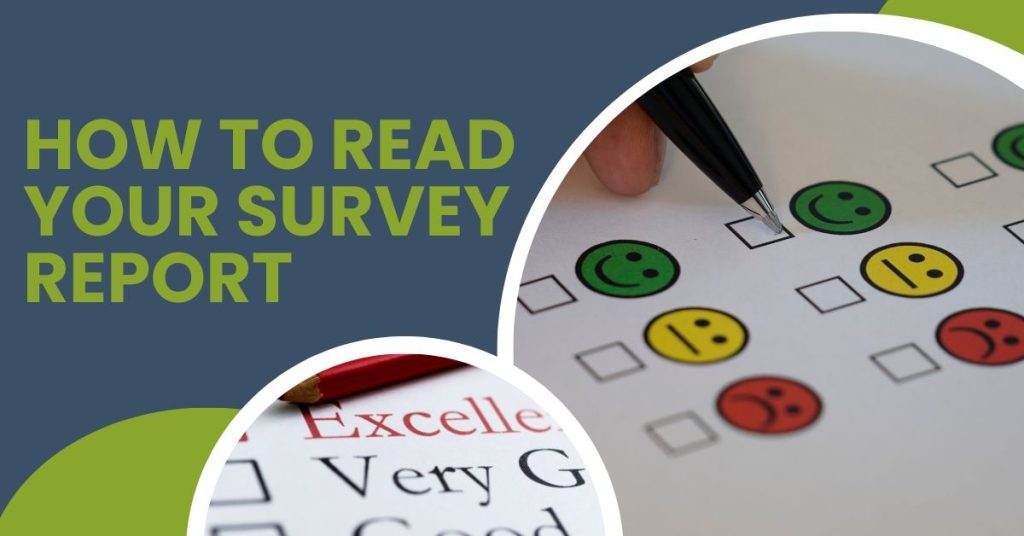
Thinking of buying a home and just received your property survey report? Here’s how to make sense of it, calmly.
Whether it’s your first home or your fifth, opening a property survey report can feel a bit like reading a medical diagnosis in another language. Don’t worry, we’re here to help you make sense of it all, without spiralling into stress.
As property surveyors, our job isn’t to scare you off a home, it’s to make sure you understand exactly what you’re buying. Here’s what you need to know when reading your survey report.
Start with the summary
Most reports begin with a clear summary of the key findings. This section is your bird’s eye view, it highlights any urgent issues, gives a general overview of the property’s condition, and often includes a traffic light system (green, amber, red) to help you prioritise.
If you don’t read anything else straight away, start here.
Don’t panic at the red flags
Seeing words like “structural cracking,” “damp,” or “invasive species” can be alarming. But remember, the report is designed to flag potential problems, not confirm disasters.
Here’s how to think about it:
- A red flag means further investigation is advised, not that the home is a no-go.
- Many issues are common and manageable with the right contractors or a bit of negotiation on price.
If you’re unsure about the severity, talk to your surveyor. A good property surveyor will always explain findings in plain English.
Pay attention to damp, roofs & drainage
These three areas often cause the most long-term issues and the most expensive repairs.
Look for mentions of:
- Penetrating or rising damp
- Roof coverings, flashing, or sagging
- Blocked or cracked drains (especially in older homes)
If anything’s unclear, ask your surveyor to walk you through the findings. At iSurv, we’re always happy to talk through reports with clients.
Understand the rating system
Most survey reports in Ireland use a numbered or coloured condition rating system:
- Condition 1 / Green: No significant repairs needed
- Condition 2 / Amber (Orange): Some attention needed but not urgent
- Condition 3 / Red: Urgent repairs or further investigation required
Don’t fixate on the number, focus on the context. A red rating for “loft insulation missing” is far less serious than a red rating for “subsidence in rear wall.”
Look for legal flags
Some survey items fall under your solicitor’s domain, things like:
- Boundary issues
- Planning permission or building regulation concerns
- Shared access or rights of way
These won’t always be dealbreakers, but they do need clarification before you sign anything. Make a list for your solicitor based on the report.
Use it to negotiate
A survey report isn’t just peace of mind, it’s a powerful tool in your negotiation. If repairs are needed, you can:
- Ask the seller to fix them
- Request a price reduction
- Reconsider your offer terms
Your estate agent and solicitor can guide you here, but the survey gives you the hard evidence you need to make a case.
Still unsure? Ask your surveyor.
At iSurv, we include follow-up consultations with our surveys, because we know buying a home is stressful, and reports don’t always make things clearer at first glance.
You’re not meant to be an expert, that’s our job. Ask us anything.
Final thought
A thorough survey report is one of the most valuable documents you’ll receive during your home-buying journey. It’s not just a list of problems, it’s a roadmap to help you move forward, eyes open.
And remember: no home is perfect. But with a proper survey, you can make an informed, confident decision.
Need help understanding your report?
We’re always here to talk. Book a call or email us at info@isurv.ie to speak to one of our surveyors today.
